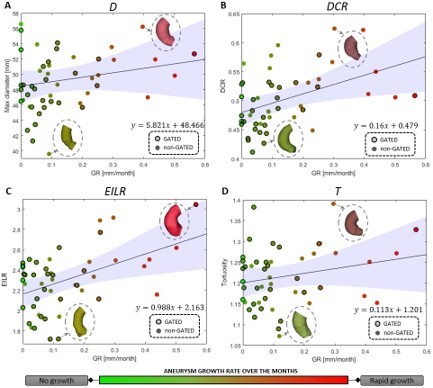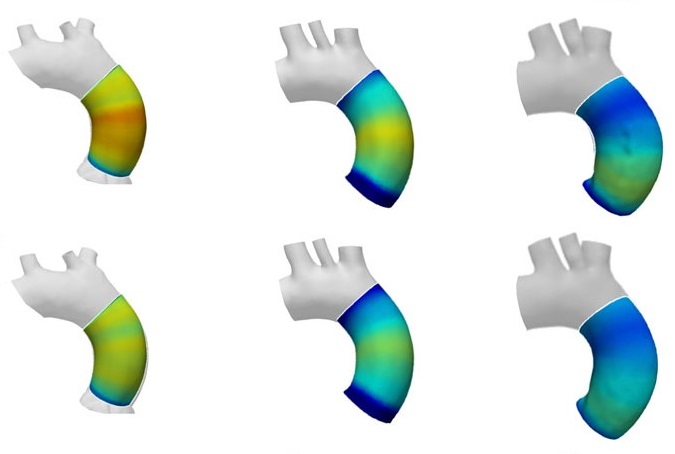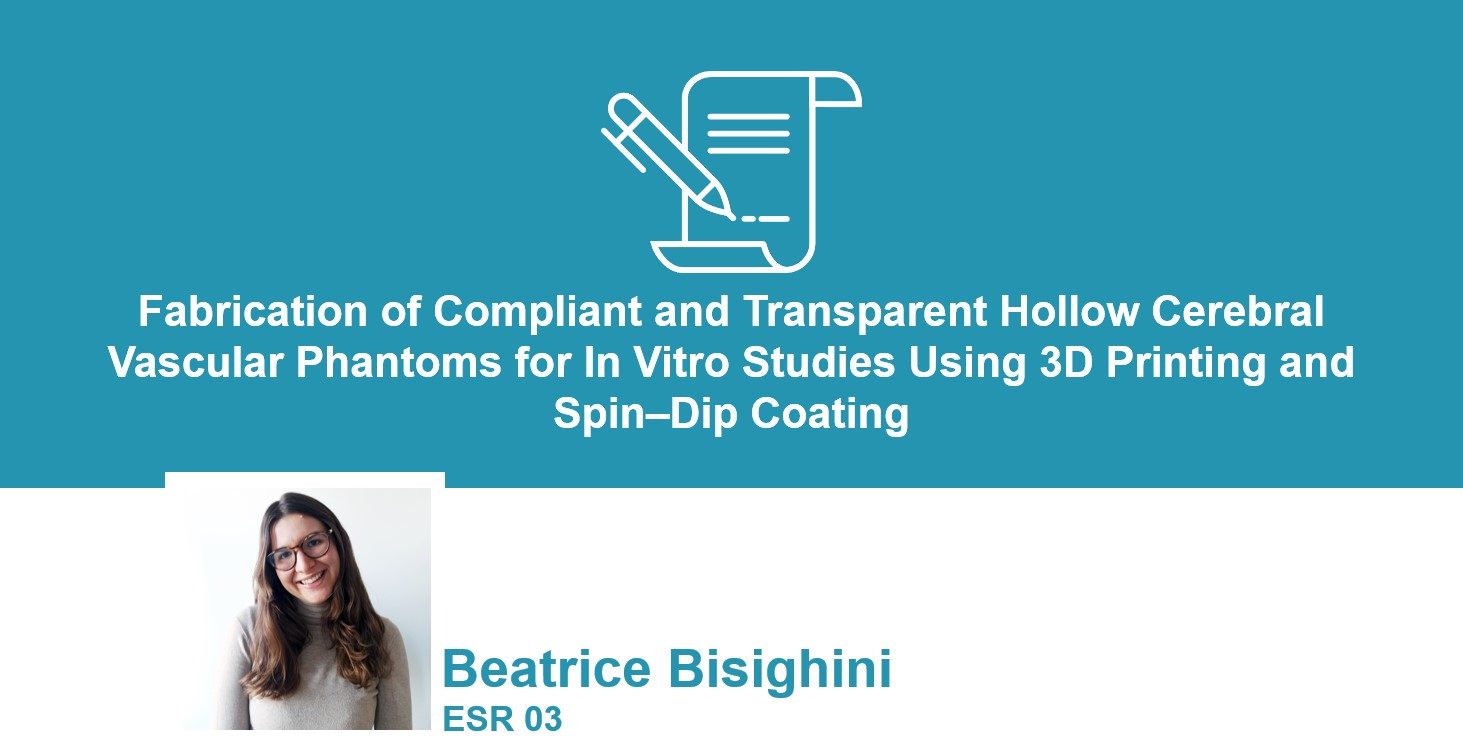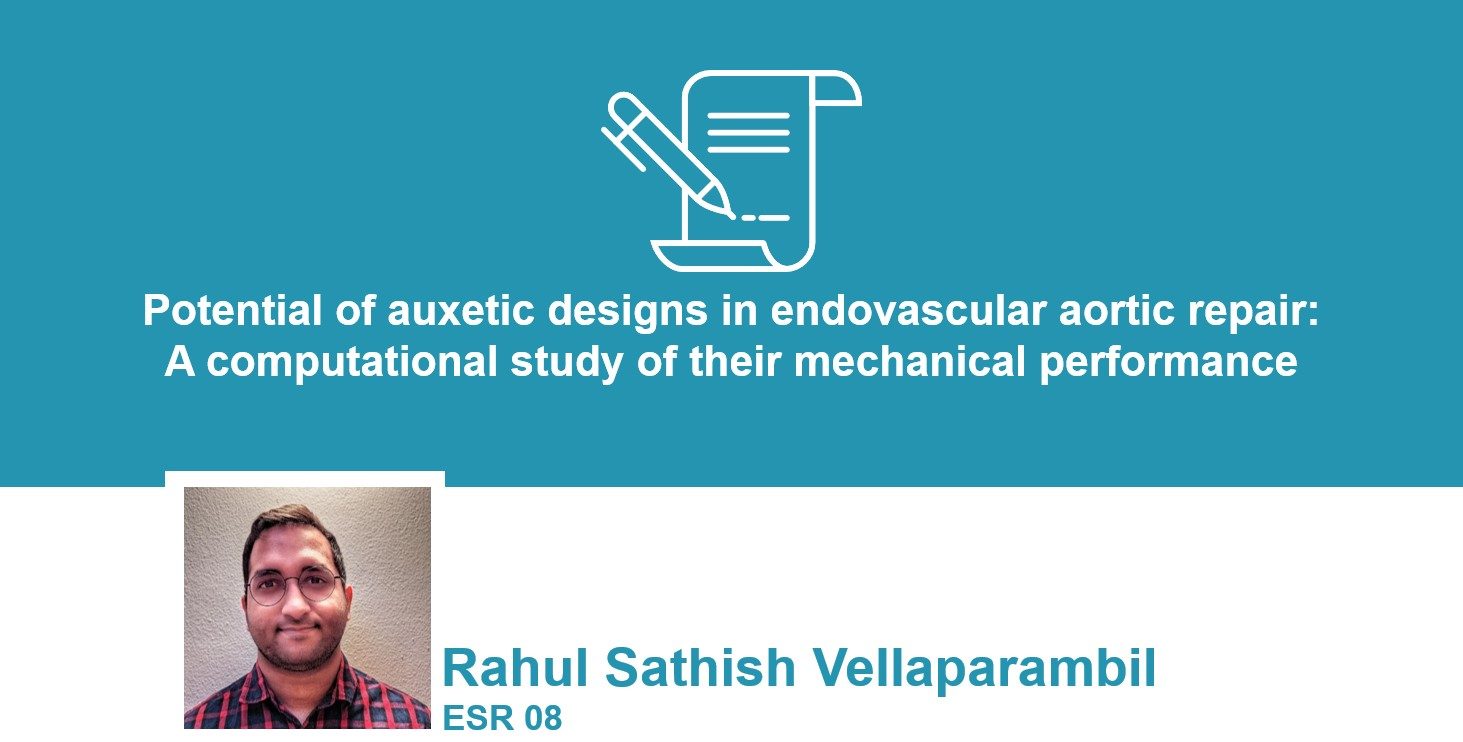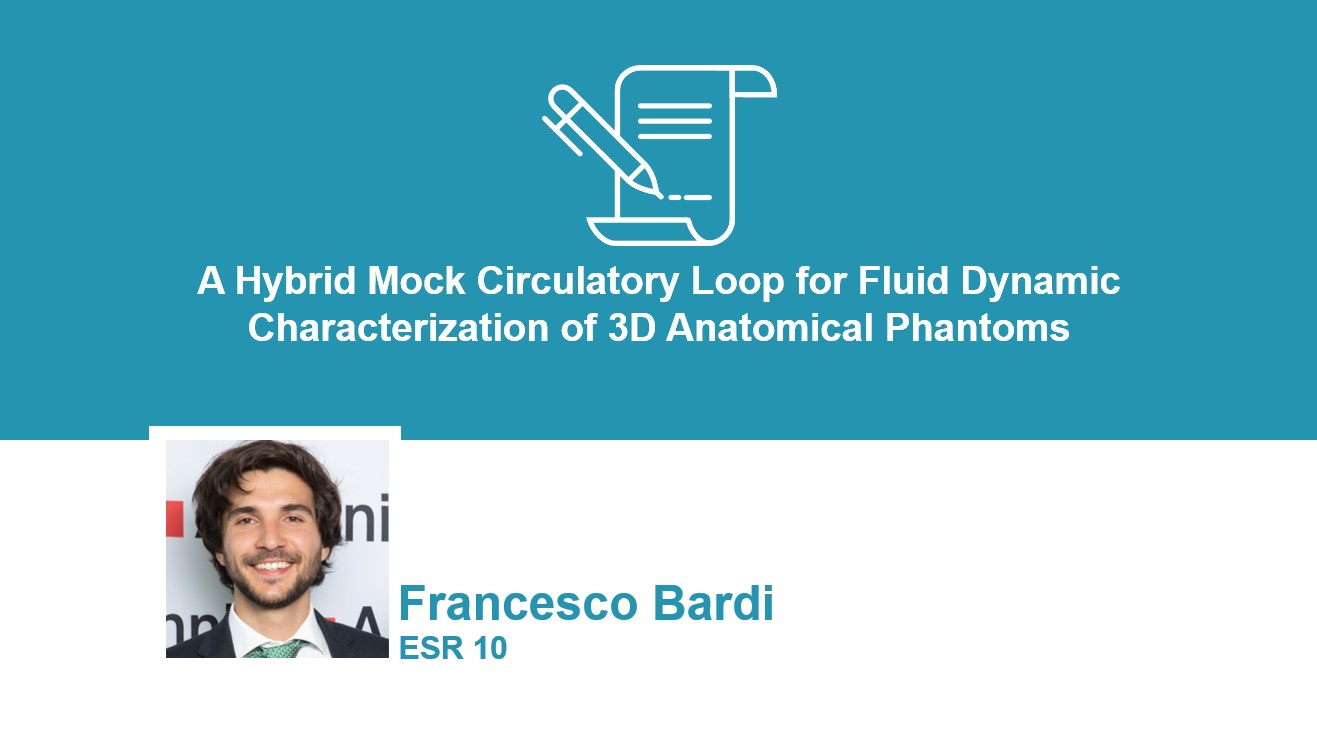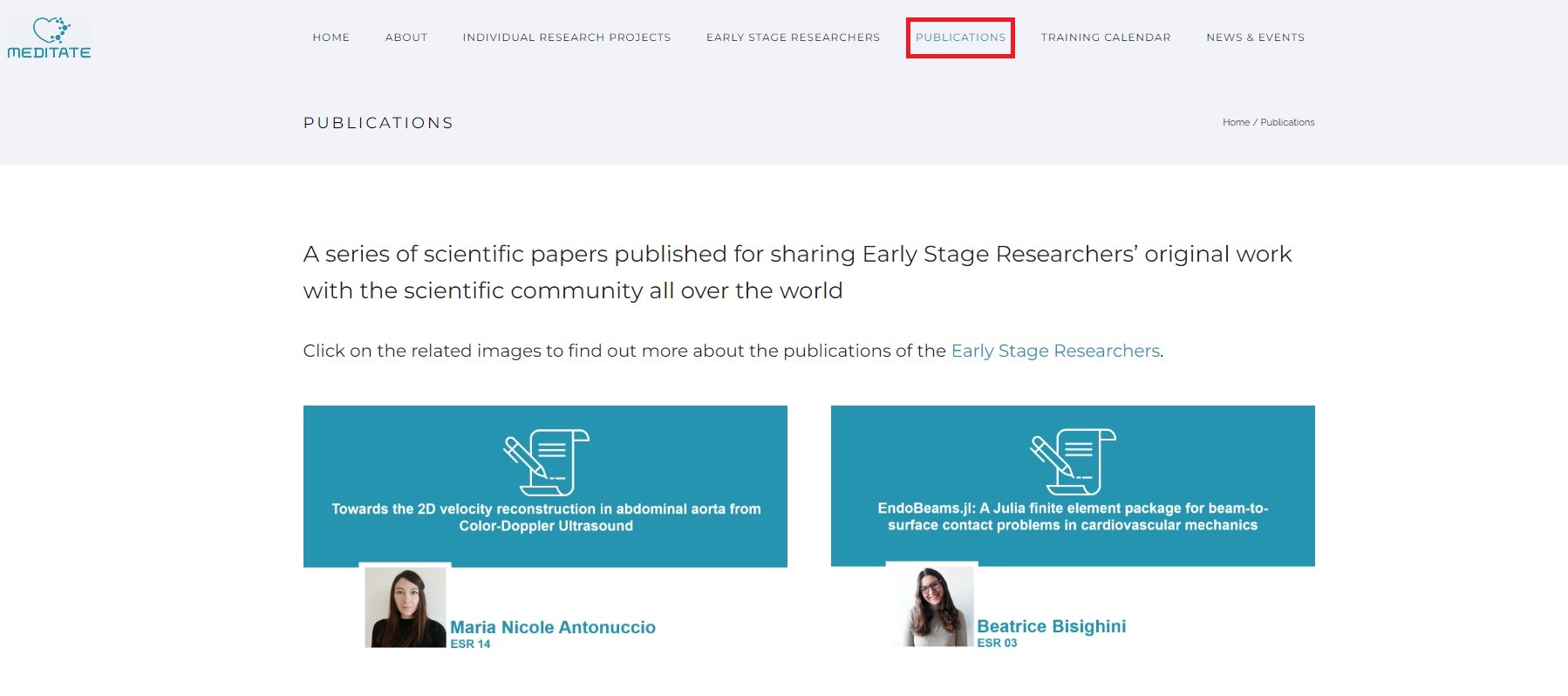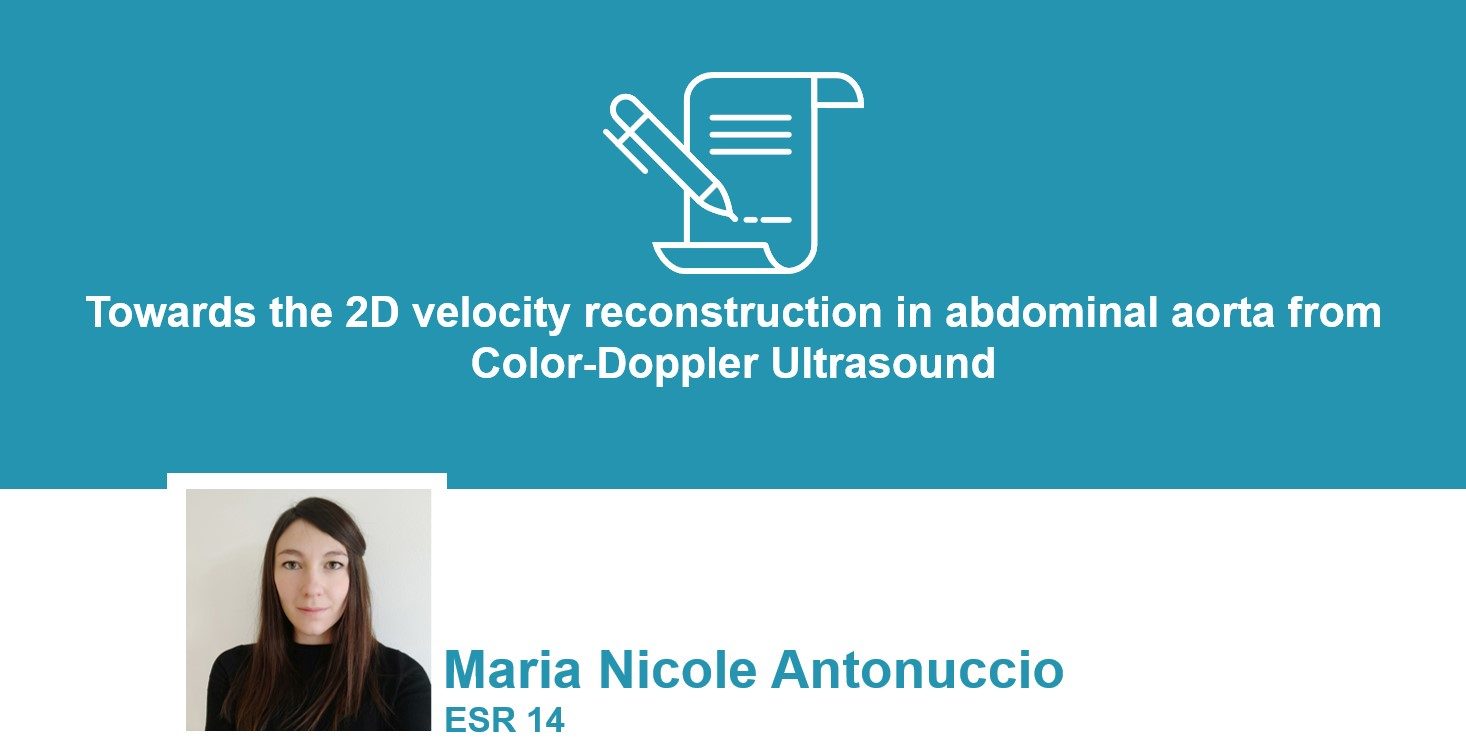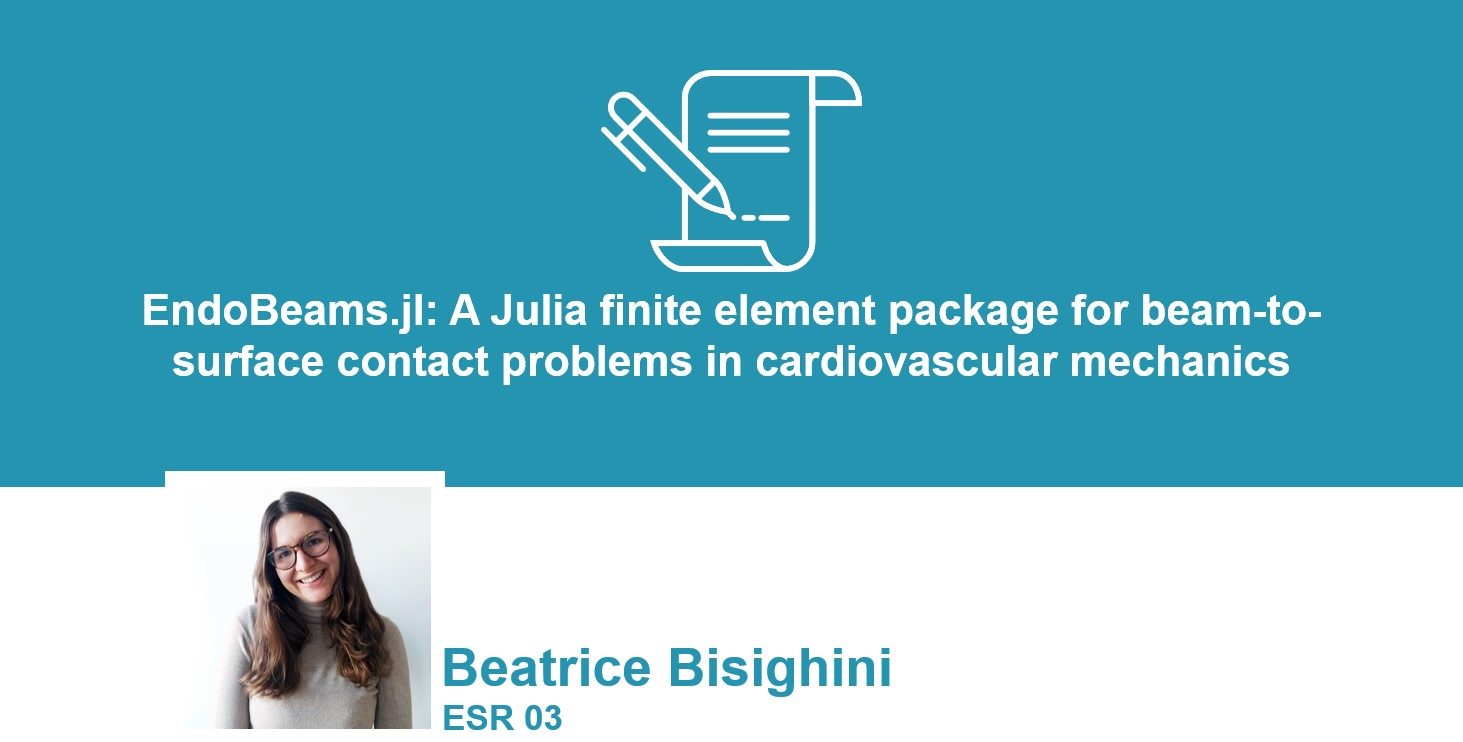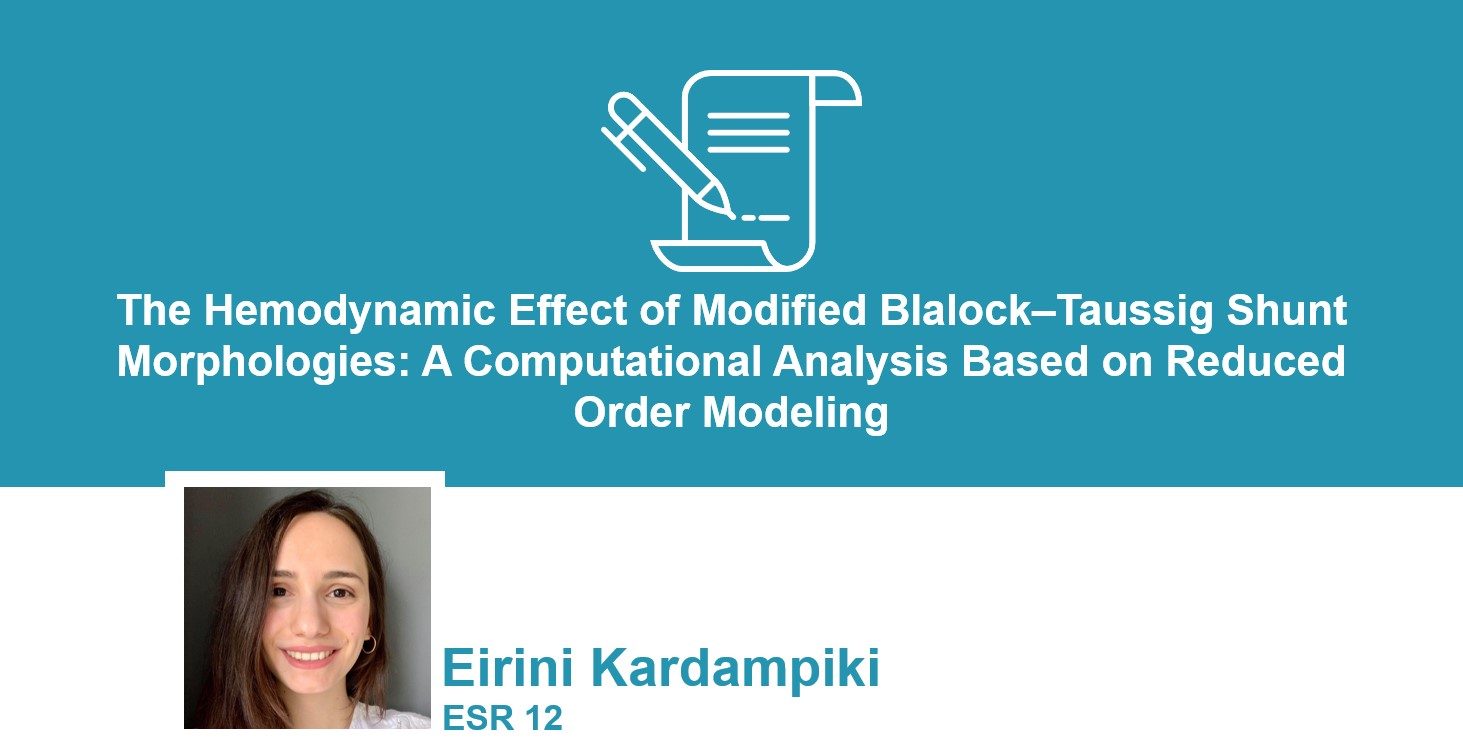“Uncertainty Quantification in the In Vivo Image-Based Estimation of Local Elastic Properties of Vascular Walls”, a new publication in collaboration with the MeDiTATe project

A new paper Uncertainty Quantification in the In Vivo Image-Based Estimation of Local Elastic Properties of Vascular Walls has been published in the MDPI Journal of Cardiovascular Development and Disease in collaboration with the MeDiTATe project.
The paper was written by Benigno Marco Fanni (BioCardioLab FTGM), Maria Nicole Antonuccio, ESR 14 of the MeDiTATe project, Simona Celi (BioCardioLab FTGM), Alessandra Pizzuto and Giuseppe Santoro (Pediatric Cardiology Unit, FTGM), Sergio Berti (Adult Cardiology Unit, FTGM).
Here follows the paper’s abstract:
Introduction: Patient-specific computational models are a powerful tool for planning cardiovascular interventions. However, the in vivo patient-specific mechanical properties of vessels represent a major source of uncertainty. In this study, we investigated the effect of uncertainty in the elastic module (E) on a Fluid–Structure Interaction (FSI) model of a patient-specific aorta. Methods: The image-based χ-method was used to compute the initial E value of the vascular wall. The uncertainty quantification was carried out using the generalized Polynomial Chaos (gPC) expansion technique. The stochastic analysis was based on four deterministic simulations considering four quadrature points. A deviation of about ±20% on the estimation of the E value was assumed. Results: The influence of the uncertain E parameter was evaluated along the cardiac cycle on area and flow variations extracted from five cross-sections of the aortic FSI model. Results of stochastic analysis showed the impact of E in the ascending aorta while an insignificant effect was observed in the descending tract. Conclusions: This study demonstrated the importance of the image-based methodology for inferring E, highlighting the feasibility of retrieving useful additional data and enhancing the reliability of in silico models in clinical practice.


